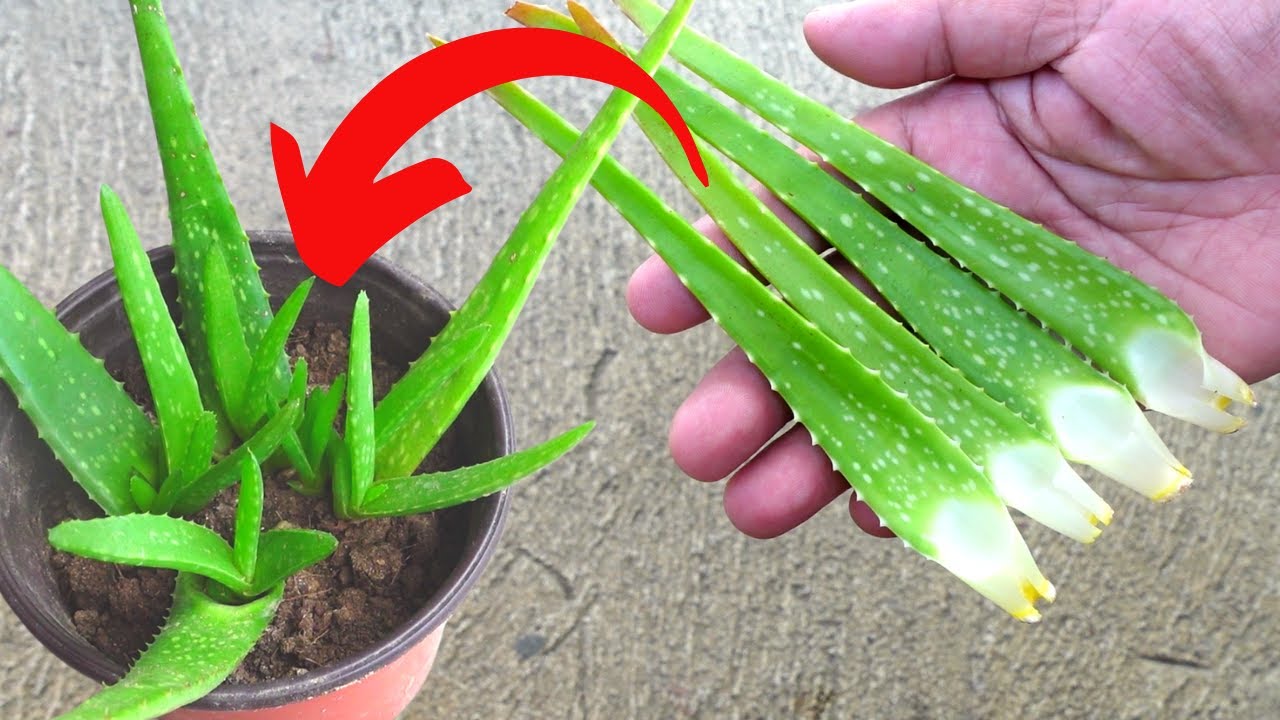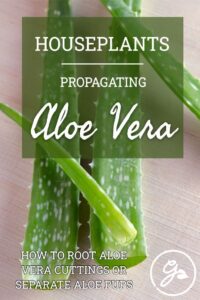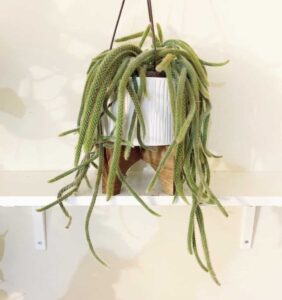Aloe vera, oft lauded for its succulent leaves and therapeutic properties, is not merely a houseplant; it is a vessel of life that encapsulates both aesthetic allure and practical benefits. Propagating aloe vera from cuttings is an incredibly rewarding endeavor, allowing enthusiasts to expand their collection while harnessing the plant’s innate resilience and beauty. In this guide, we explore the best methods for successfully cultivating aloe vera from cuttings.
The Art of Aloe Vera Propagation
To truly appreciate the elegance of aloe vera, one must first understand the dynamics of propagation. This process not only enhances one’s collection but also allows for the preservation of desirable traits found in the parent plant. Aloe vera propagation can primarily be achieved through leaf cuttings, offsets, or pups, each method presenting its own unique features and challenges.
Among these approaches, leaf cuttings are often regarded as the most direct and visually captivating. The challenge, however, lies in ensuring that these cuttings establish roots while maintaining their integrity. A successful propagation ensures that the delightfully plump leaves can flourish, offering their characteristic charm and health benefits to any environment.
The Methodology of Leaf Cuttings
Propagating aloe vera through leaf cuttings is an art form that demands attention to detail. Begin this procedure by selecting a healthy leaf from an adult plant, taking care to choose one that exhibits no signs of disease or damage. The ideal cutting should be a mature leaf, robust and plump, as it contains the essential nutrients required for the propagation process.
Once the leaf is chosen, cut it with a clean, sharp knife. This step is crucial; the tool must be sterile to avoid introducing pathogens that could compromise the health of the cutting. After cutting, allow the leaf to dry in a shaded area for about three days. This crucial waiting period enables the cut end to callous over, significantly reducing the risk of rot when planted.
After the end has dried, it is time to plant the cutting. Prepare a pot filled with a well-draining potting mix—preferably a cactus mix or a combination of potting soil, sand, and perlite. Create a small hole in the soil, and gently insert the cut end of the leaf, ensuring it is secure yet not overly buried. This planting technique optimizes stability while promoting air circulation around the cutting.
For optimal growth, place the pot in a warm environment with indirect sunlight. Aloe vera cuttings thrive best in temperatures ranging between 70°F and 85°F (21°C to 29°C). Watering should be minimal at this stage; allow the soil to become nearly dry before introducing moisture, as cutting roots can be susceptible to rot. Over time, this cutting will develop roots and can transform into a thriving new plant, capable of producing its own adorable pups.
The Charm of Offsets and Pups
While leaf cuttings are an alluring option, propagating aloe vera by way of offsets—often referred to as pups—remains one of the most effective and expedient methods. These small, succulent growths develop at the base of the mother plant and are inherently prepared for independent living, making propagation not only simple but visually rewarding.
To separate a pup from its parent plant, ensure that the mother plant has sufficient size and health. Gently tug on the pup or use a clean knife to cut it away from the base, taking care to preserve some roots if possible. This precautionary measure enhances the likelihood of successful establishment in its new pot.
Once separated, the pup should be allowed to dry for several hours before being planted in a small pot filled with an appropriate soil mix. Just like with leaf cuttings, it is critical to ensure excellent drainage. Place the newly potted pup in an area that receives indirect light and maintain a watering schedule that allows the soil to dry out between sessions. This hands-off approach will encourage the pup to root, allowing it to flourish into a splendid specimen.
Creating an Exquisite Display of Aloe Vera
Whether through leaf cuttings or by nurturing offsets, the successful propagation of aloe vera offers the opportunity to create an exquisite display. Planting multiple cuttings or pups in a single container can generate a lush, cascading aesthetic that elevates any space. Consider pairing these plants with complementary flowers or succulents to create vibrant contrasts, or arranging them in unique terrariums, instilling an environment of tranquility.
Moreover, these resplendent plants can perform dual roles. Not only do they serve aesthetic purposes but their gel-like pulp can also be extracted for skincare and digestive health benefits, making aloe vera a holistic addition to any home.
In conclusion, propagating aloe vera allows for the discovery of a plant that embodies both beauty and resilience. By utilizing the techniques discussed, anyone can engage in the art of propagation, transforming simple cuttings into vibrant additions to their indoor landscape. Whether you choose to propagate from leaf cuttings or pups, the journey of cultivating aloe vera promises to be fulfilling and visually intriguing.




Leave a Comment